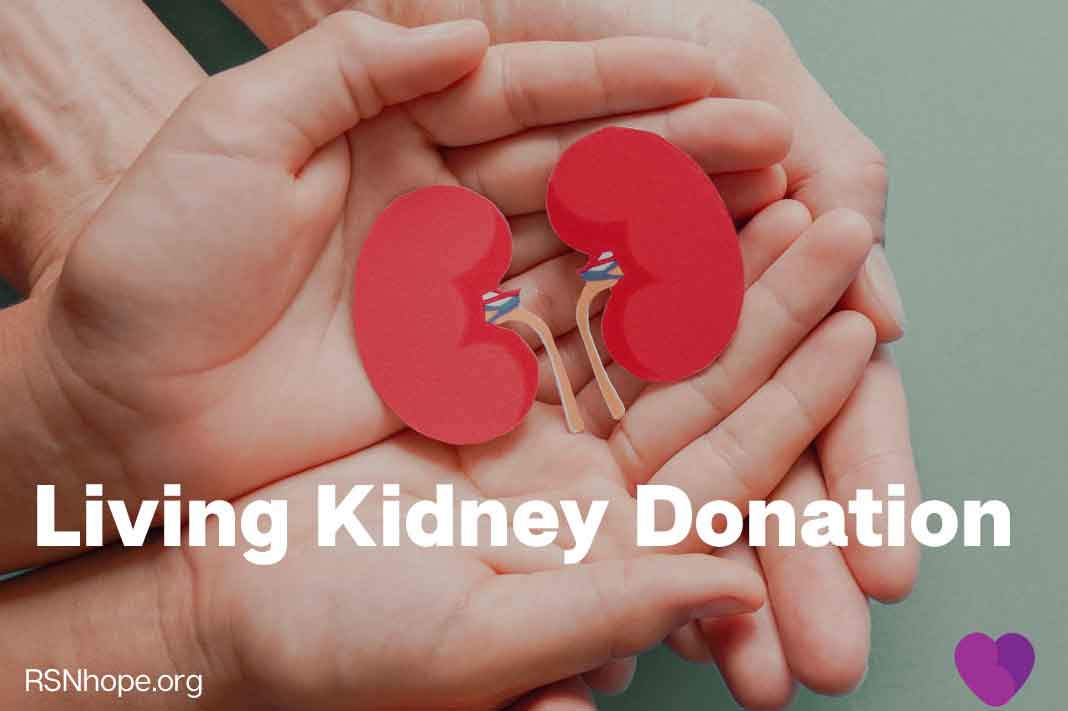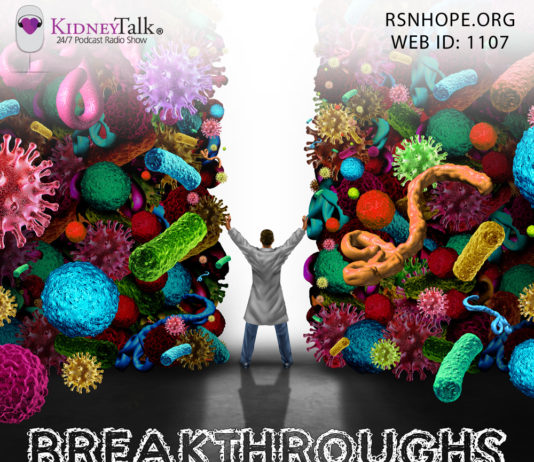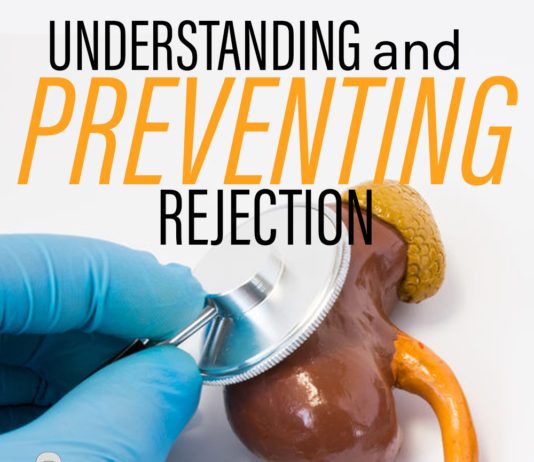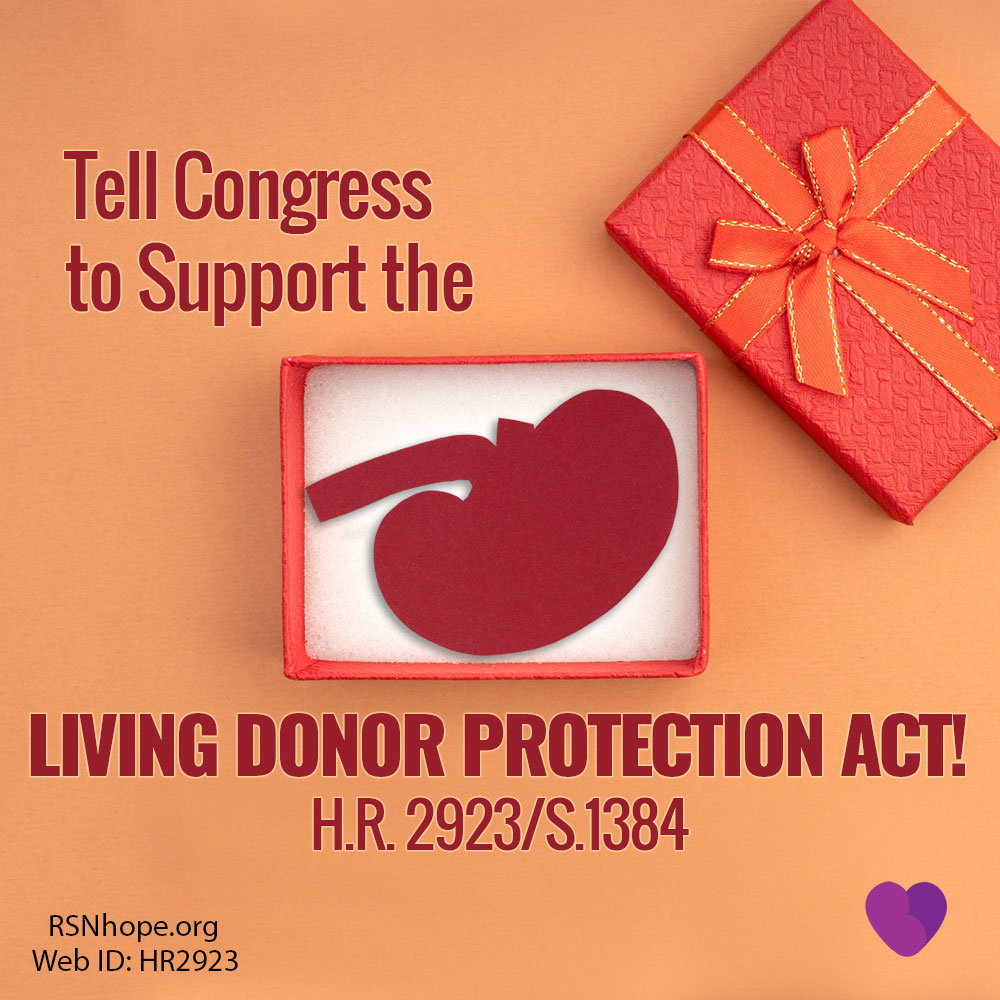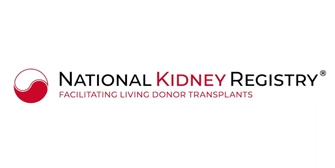As of March 29, 2024, there are over 103,000 people in the United States on the national transplant waiting list. 91% of those people are in need of a donor kidney. The wait for a deceased kidney varies across the county and can average up to ten years in some geographical locations. There is a shortage of available kidneys from deceased donors and living donation can help close the gap.
A living kidney donor can live a normal, healthy life with just one kidney. There are minimal side effects after a kidney donation. If a living kidney donor’s remaining kidney function declines or fails, they are placed at the top of the kidney wait list.
A living donor can benefit a person whose kidneys are no longer functioning or are about to fail for many reasons. Here are just a few:
• It would reduce and possibly eliminate the wait time for a deceased kidney.
• You can schedule the surgery for both the donor and the recipient for when the recipient is ready and it is convenient for the donor.
• The recovery time for the recipient is often quicker than it would be with a deceased donor.


